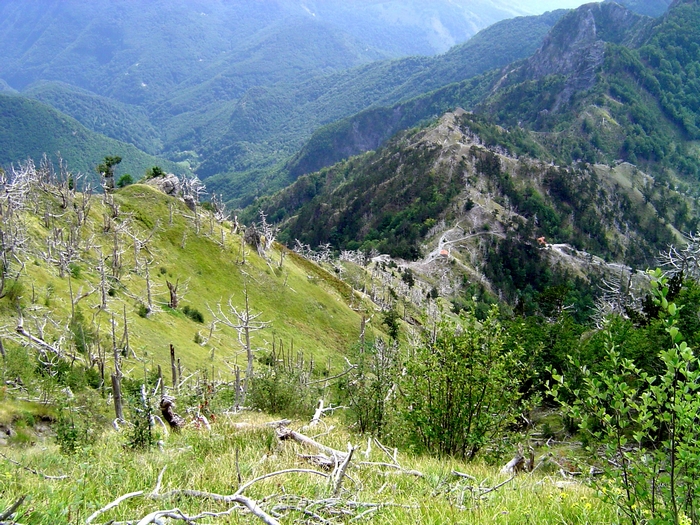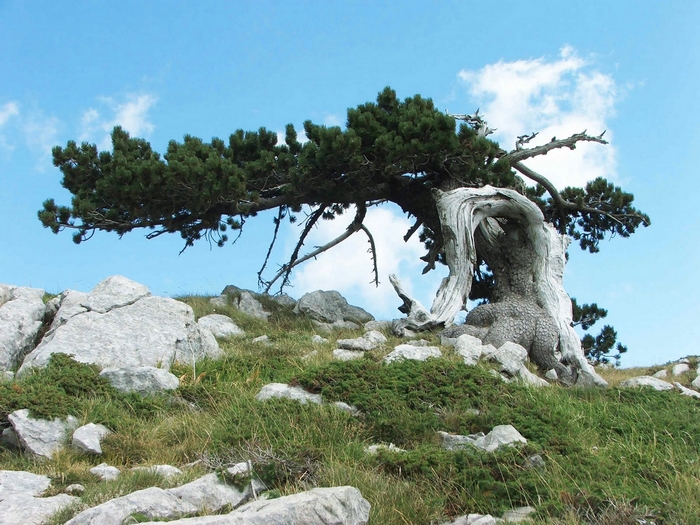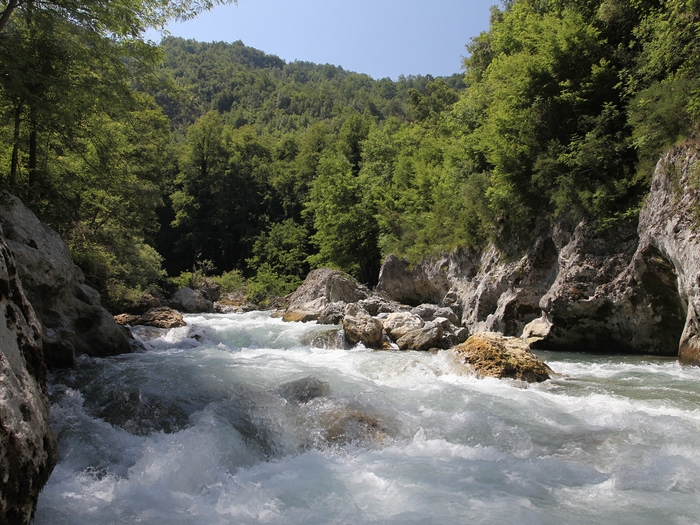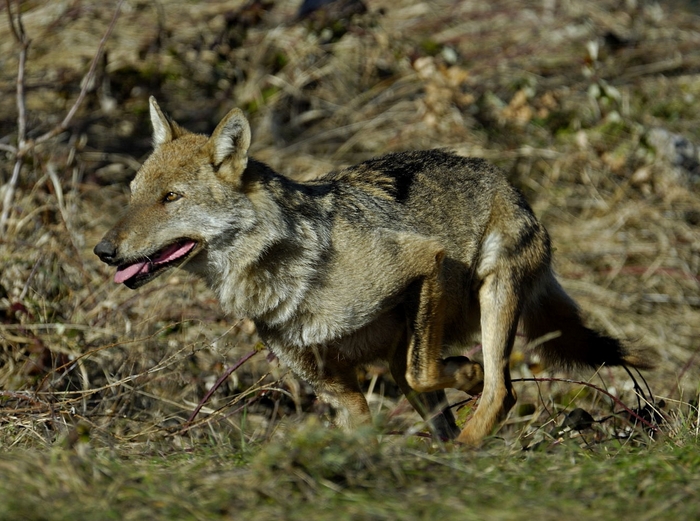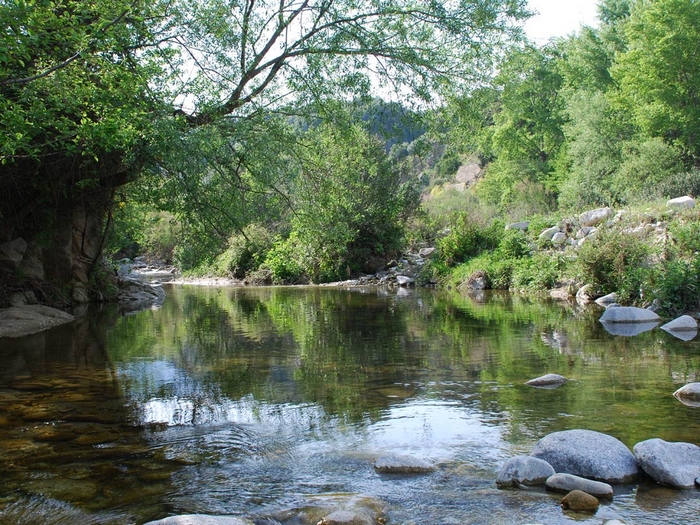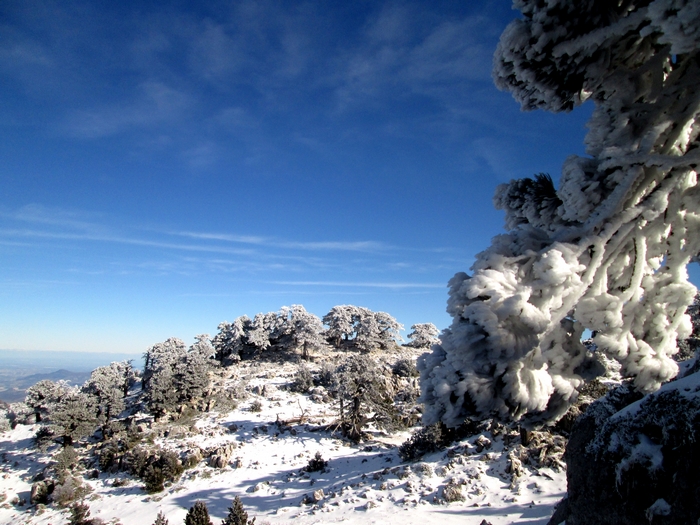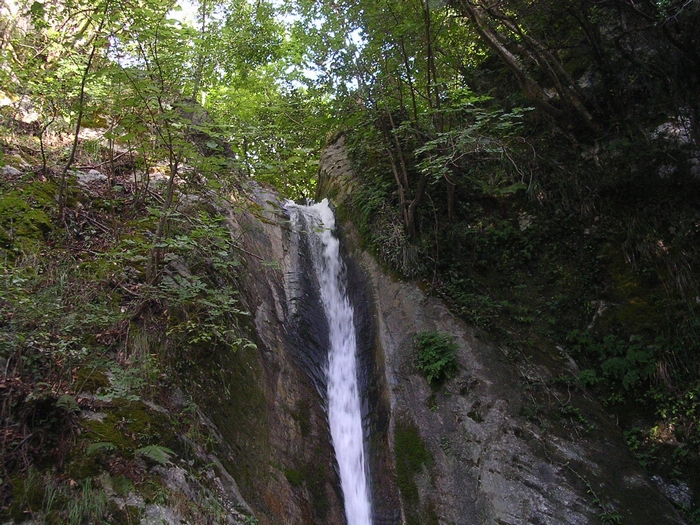THE PARK OF THE POLLINO

Immagini Parco del Pollino
parcodelpollino_2.jpg
http://qnap.robertosola.com/laoraft.it/images/parco_del_pollino/parcodelpollino_2.jpg
parcodelpollino_3.jpg
http://qnap.robertosola.com/laoraft.it/images/parco_del_pollino/parcodelpollino_3.jpg
parcodelpollino_4.jpg
http://qnap.robertosola.com/laoraft.it/images/parco_del_pollino/parcodelpollino_4.jpg
parcodelpollino_5.jpg
http://qnap.robertosola.com/laoraft.it/images/parco_del_pollino/parcodelpollino_5.jpg
parcodelpollino_6.jpg
http://qnap.robertosola.com/laoraft.it/images/parco_del_pollino/parcodelpollino_6.jpg
parcodelpollino_7.jpg
http://qnap.robertosola.com/laoraft.it/images/parco_del_pollino/parcodelpollino_7.jpg
parcodelpollino_1.jpg
http://qnap.robertosola.com/laoraft.it/images/parco_del_pollino/parcodelpollino_1.jpg
Between two regions, Basilicata and Calabria, and between two seas, the Tyrrhenian and Ionian, the National Park of Pollino, with its 193,000 hectares, is today the largest protected area in Italy. & Nbsp; The territory presents a predominantly mountainous morphology, in which stand out three massifs belonging to the southern Calabro-Lucan Apennines: that of the Pollino, located at the center of the Park; to the south-west, the complex of the Orsomarso Mountains and in the northern sector the Monte Alpi is isolated. The innermost mountain range is the group of the Pollino that marks with its ridge, stretched along the North-West line, the border between the two Regions. It is the highest mountain group of the southern Apennines, with the highest and most representative peaks of the Park: Serra Crispo (2053 m), Serra della Ciavole (2127 m), Serra del Prete (2180 m), Monte Pollino (2248) m) and the highest peak Serra Dolcedorme (2266 m). To the north, the Lucan side of the massif overlooks the valley of the river Sinni with softer slopes; on the Calabrian side, to the south, on the Piana di Castrovillari with a rugged and wild landscape. It preserves traces of the last glaciations witnessed by the morainic deposits and by the erratic boulders in the Acquafredda Plan and in the Piani del Pollino. The Orsomarso Mountains are the orographic framework of the southern area of the Park, connected, in a geographic continuum, with the Pollino massif through the karst plateau of Campotenese and the peaks of Cozzo Pellegrino, Monte Palanuda, la Montea. The complex contains an extraordinary variety of landscape opposed to a simple orographic conformation.
None of the peaks of the complex touches the 2000 m of altitude: Cozzo Pellegrino reaches 1987 m. while the Mula touches the 1935 m. To the north, in a marginal position within the territory of the Park, stands Monte Alpi island (1900 m). This is an interesting geological phenomenon that so far has not found an unambiguous explanation. In fact, the scholars have not yet succeeded in explaining how this carbonate platform belonging to the Abruzzo-Campania plaque could have been placed in its current position. The river systems, which divide the territory of the Park into well-defined basins, are valuable for the richness of watercourses and springs, some of which have mineral or thermal properties. To the north, the fluvial basin of the Sinni, the most important watercourse of the Lucan side of the Park, is fed by two important tributaries, the Frido and the Sarmento. The first, a torrential character, comes from the Iannace Plan, in the heart of the massif at 1800 meters altitude. First it crosses the Piani di Vacquarro, then a majestic wood full of oaks and beeches, the Magnano, from where it collects the waters of the Peschiera stream, and concludes its run near the ancient convent of Ventrile di Francavilla sul Sinni. The second, the Sarmento, was born near Casa del Conte, a fraction of Terranova di Pollino, through the Gorge della Garavina, a deep canyon of spectacular beauty, to merge into the Sinni west of Valsinni. The waters conveyed by Serra delle Ciavole, Toppo Volturno and Falconara feed the stream Raganello, a stream famous for its Gorges born from the combined action of river erosion and tectonic movements.
The Park
INSTITUTION: Presidential Decree of 15.11.1993
EXTENSION: 192.565 hectares
RESIDENT POPULATION: 172.583 ab.
REGIONS: Basilicata - Calabria
PROVINCE: Cosenza - Matera - Potenza
MUNICIPALITIES: 24 in Basilicata - 32 in Calabria



